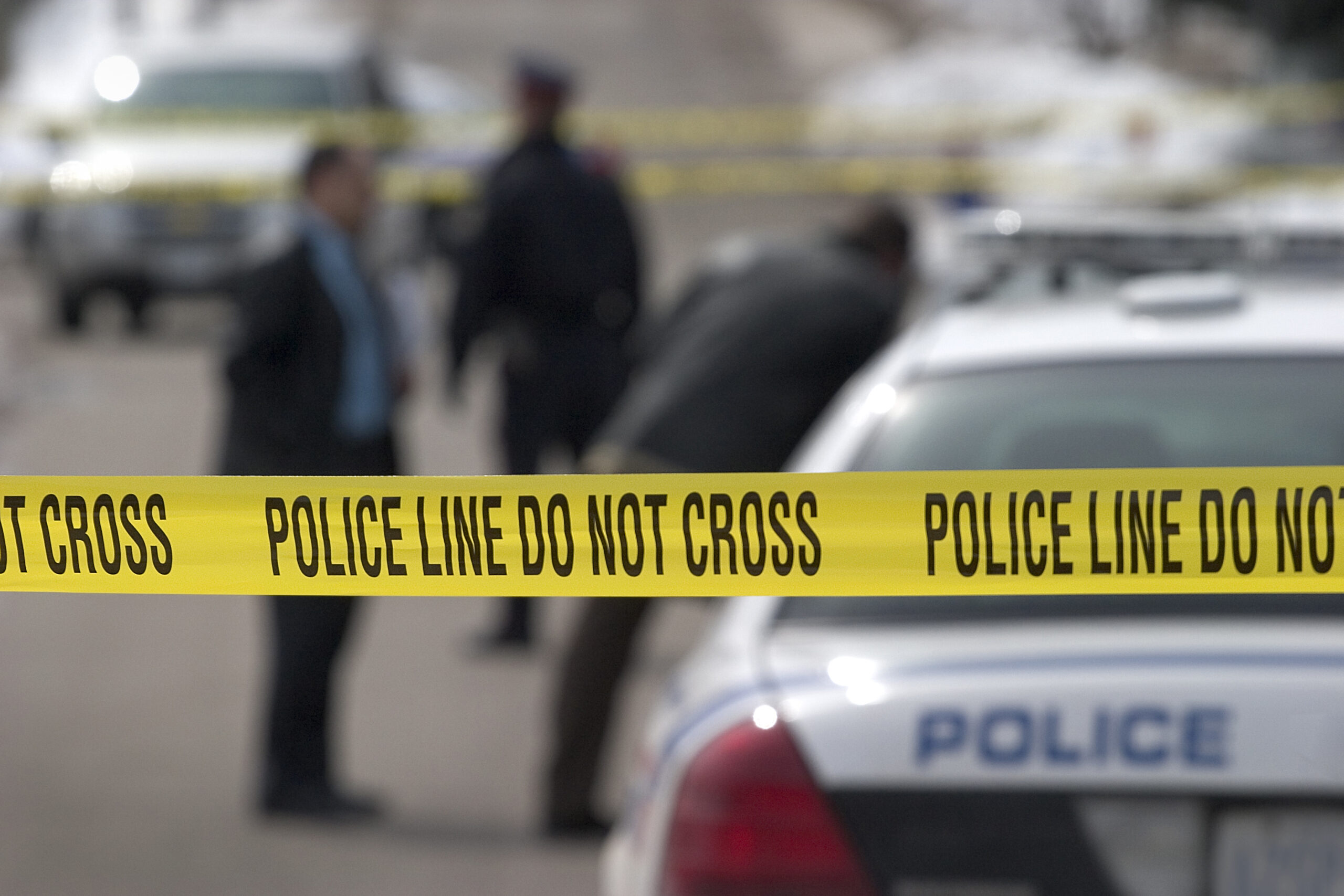Active Shooter Preparation and Survival Tactics
Active shooter incidents can occur anywhere, including workplaces. Knowing what to do before, during, and after an active shooter situation can be the difference between life and death.
February 7, 2023

Active shooter incidents are unpredictable and evolve quickly. In many instances, the immediate deployment of law enforcement is required to stop the shooting and lessen harm to victims and bystanders. But because active shooter incidents occur suddenly and unexpectedly in most cases — employees must be prepared both mentally and physically to deal with these incidents.
“The issue, how to respond to it, and plan for it will depend on what type of organization or facility you have,” said Ariel Jenkins, Assistant Vice President – Risk Services at Safety National. “For example, the concept and model of ‘run, hide, fight’ can work in adult settings where people are fully capable and cognizant; they can exercise judgment and use common sense. But it doesn’t work for every situation.”
That is why it is critical for employees to know how to respond to an active shooter situation in any type of setting. While training and preparation are key, there are also tactics to adhere to should employees find themselves in an active shooter scenario.
Training and Preparation
Preparation for different active shooter scenarios can help lessen the impact of an active shooter incident. For businesses and organizations to best prepare their staff for an active shooter incident, organizations should create an Emergency Action Plan (EAP) and conduct training exercises. Together, the EAP and training exercises will prepare staff to respond effectively and help minimize loss of life.
An organization’s EAP should be created with input from key stakeholders, including your human resources department, your training department, facility owners and operators, your property manager, local law enforcement and emergency responders. According to the Department of Homeland Security, an effective EAP includes the following:
- A preferred method for reporting and alerting of active assailant incidents and other emergencies
- An evacuation policy and procedure
- Emergency escape procedures and route assignments (i.e., floor plans, safe areas)
- Contact information and responsibilities of individuals to be contacted under the EAP
- Information concerning local hospitals (i.e., name, telephone number, and distance from your location)
- An emergency notification system to alert various parties of an emergency, including individuals at remote locations within premises, local law enforcement and local hospitals
Training is another critical component of active shooter preparation. Mock training exercises may often be the most effective way to train staff and personnel. Many schools, for example, have equipped their classrooms with a means to barricade doors and train their staff accordingly.
How to Spot Potential Indicators
Before active shooters become active, there are usually warning signs or even workplace violence incidents. It is important to be aware of employees’ sudden changes in mood or behavior and be sensitive to any personal circumstances that employees’ might share. An organization’s management is the front-line defense and must be consistent and present. Family conflicts, financial or legal problems, and emotional disturbance can all indicate problems. Gently address any noticed changes in a non-threatening way. Behaviors to look for include:
- Increasing belligerence
- Ominous, specific treaties
- Hypersensitivity to criticism
- Recent acquisition or fascination with weapons
- Apparent obsession with a supervisor or coworker or employee grievance
- Preoccupation with violent themes or interest in recently publicized violent events
- Outbursts of anger
Survival
If employees find themselves in an active shooter situation and can locate where the threat is coming from, they should run in the opposite direction. If the shooter is nearby or in an exit path, workers should hide in a space out of view of the shooter or behind something large enough and sturdy enough to potentially protect them until they can run away from the shooter. If that does not work — as a last resort — they should fight using their training, situational awareness, and judgment.
The ideal way to survive an active shooter situation is to buy time away from the shooter, so people who are trained in this type of setting can get there and eliminate the threat. Even picking up something and throwing it at the shooter can buy employees time, since this disrupts the shooter momentarily as employees try to escape.
It is important to show humility with this topic because there will always be vulnerabilities, especially as it relates to entry into your premises and facilities. The more employers can do to plan and prepare and be open to knowing what those vulnerabilities are, the safer everyone will be.
For more information on this topic, please contact [email protected].

























